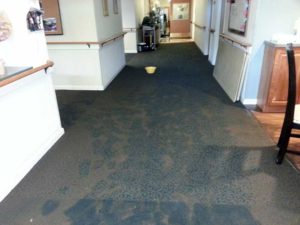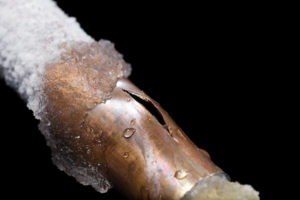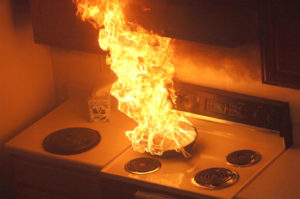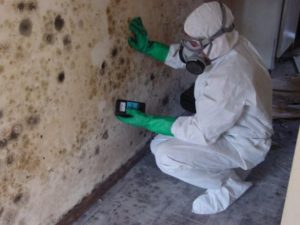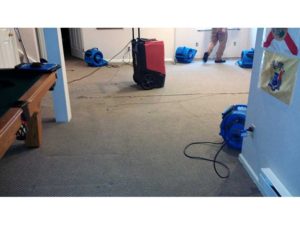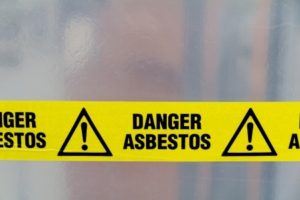 There is nothing more gut-wrenching than a double disaster. Experiencing a fire in your home or commercial space is devastating enough.
There is nothing more gut-wrenching than a double disaster. Experiencing a fire in your home or commercial space is devastating enough.
But, what if you also find asbestos after a fire?
With many older homes here in the Denver area, this is a significant risk that customers of Project X Restoration face every day.
To assist in these types of situations, we offer both fire and smoke damage restoration, as well as asbestos abatement. You’ll work with a single team to restore your home or business to its pre-loss state.
And with Project X, you’ll experience our commitment to honesty, integrity and professionalism. We are locally owned and operated, taking pride in serving our neighbors and community.
Whether you call us in the middle of the day or at 2 AM, we’ll put together an action plan to address all fire damage, remove the asbestos and remodel any space to better than new shape.
To better understand what to do if you find asbestos after a fire, let’s break down everything you need to know.
What is Asbestos?
This is the general term for a group of minerals that were once lauded for their heat resistance and insulating properties. Before the dangers of asbestos were known, asbestos was used in acoustic ceilings, roofing materials, vinyl flooring, plaster walls, duct insulation and more.
The types of asbestos that are regulated are Anthophyllite, Crocidolite, Tremolite, Chrysotile, Amosite, and Actinolite. Asbestos deposits can be found throughout the world and are still mined in Australia, South America, Canada, and South Africa.
In the mid-1970s, the EPA banned asbestos due to concerns over the health effects of exposure to carcinogenic asbestos fibers. Issues that were found to be linked to asbestos include cancer, lung disease, and mesothelioma.
Asbestosis is a lung disease that causes scarring of the lungs. Eventually, this scarring reduces the function of the lungs. The latency period (the time between the exposure and the onset of the disease) is often 25-40 years.
Another devastating health issue attributed to asbestos is mesothelioma, a cancer of the lining of the lung, chest and abdominal wall. The latency period is often 15-50 years.
Asbestos exposure can also cause lung cancer. If you smoke and you are exposed to asbestos, you have a much greater chance (50 to 84 times greater) of developing lung cancer. In addition, cancer of the gastrointestinal tract can also be caused by asbestos exposure. The latency period for these cancers is often 15-30 years.
Many older homes and commercial buildings still contain extremely dangerous asbestos fibers.
So, if your property is damaged by flood, fire, any type of other emergency situation, or you are doing remodeling or renovation work, you’ll likely need asbestos abatement and removal from Project X. It’s the only way to ensure your property is completely safe again.
When and How is Asbestos a Hazard?
Asbestos is made up of microscopic bundles of fibers that may become airborne if and when they’re disturbed – whether due to renovation construction or something more catastrophic like a fire.
If these fibers get into the air, you can inhale them into your lungs where they may cause dangerous health issues.
Researchers still have not determined a safe level of exposure but the higher the concentration of fibers and the longer the exposure, the greater the risk of contracting an asbestos-related disease.
Asbestos-containing materials in your home should not pose a hazard to people if it’s in good condition. The asbestos should be left alone and its condition monitored.
But if the asbestos is disturbed or the materials become damaged, then it can quickly become a hazard when the fibers separate and become airborne.
What Happens to Asbestos in a Fire?
If asbestos is exposed to extremely high heat like a fire, it can become brittle, break apart and go airborne, creating a very serious health hazard.
This is why it is important to only work with experienced professionals to handle the cleanup if you find asbestos after a fire. Again, only licensed fire damage asbestos removal professionals have the training and equipment to complete the job safely and correctly.
What happens is that once the fire causes the asbestos to be broken and airborne, the fibers can be inhaled by your family, employees, first responders, cleanup workers and anyone else who might be exposed to the site of the fire. This can cause severe issues and as described above.
We know that the smoke from fires is highly dangerous because it contains a mix of carbon dioxide, carbon monoxide, water vapor, fine particulate matter, hydrocarbons and non-organic and organic substances.
But if there are asbestos fibers added to the mix it is especially harmful.
You should stay at least 1,000 feet away if you find asbestos after a fire, especially if it’s still smoldering and producing smoke. Protective gear will help, but you really need to be trained to know how to handle this situation. That’s where our professionals come in.
Once the fire has been extinguished, the asbestos and burned material residue need to be removed by cleanup crews.
Our Project X experts will examine the site, including roofing materials, ceiling tiles, insulation, asphalt, and flooring as they are the areas where you’re most like to find asbestos after a fire.
If You Find Asbestos After a Fire, Hire the Pros
At Project X, we are committed to our community and you. We’re locally owned and operated, have an A+ Better Business Bureau rating and we back all work with a guarantee.
We’re proud to be Denver’s trusted choice for cleanup, restoration, and remodeling, as well as fire damage asbestos removal. To get the job done right, we only work with licensed, certified and insured professionals.
From estimate to completion, we’ll manage and coordinate everything for you, giving you peace of mind that your home or commercial space will be safe and free of asbestos
If you find asbestos after a fire, don’t hesitate to call Project X Restoration. We take on all jobs, big or small. We’ll take care of you from start to finish.

